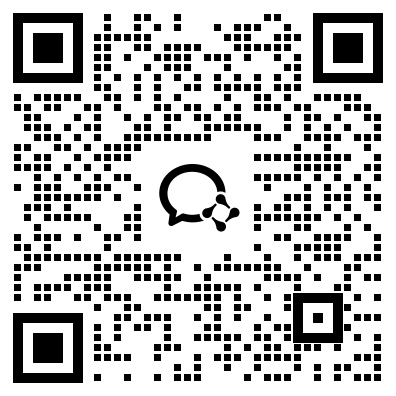Everything You Need to Know
SNMP stands for Simple Network Management Protocol. It is an internet-standard protocol used for managing devices on IP networks. SNMP works in a client-server model, where SNMP-enabled devices act as clients, and the management system acts as the server. The management system uses SNMP commands to query and configure devices, while the devices send back the requested information.
SNMP uses User Datagram Protocol (UDP) as the transport protocol for its messages. UDP is a simple and lightweight protocol that operates at the transport layer of the OSI model. It is connectionless and provides a best-effort delivery service, which means it does not guarantee packet delivery. Even though UDP does not provide advanced features like reliability and congestion control, it is still a popular choice for SNMP because of its low overhead and speed.
SNMP messages are sent between SNMP managers and agents in the form of SNMP Protocol Data Units (PDUs). The PDUs are contained in UDP datagrams. SNMP PDUs can be classified into five types: GetRequest, GetNextRequest, GetResponse, SetRequest, and Trap. GetRequest and GetNextRequest are used by the management system to request information from devices, GetResponse is the response from the device to the management system, SetRequest is used by the management system to configure the device, and Trap is an unsolicited message from the device to the management system.
SNMP versions have evolved over time, with SNMPv3 being the latest version. SNMPv3 provides enhanced security features like authentication, privacy, and access control. SNMPv3 also introduced a new PDU type called Notification, which allows the management system to receive notifications of specific events in near real-time.
SNMP is widely used for network management tasks like network discovery, fault detection, performance monitoring, and configuration management. SNMP-enabled devices include routers, switches, servers, printers, and many other network components. SNMP is also used in Internet of Things (IoT) devices for remote monitoring and control.
In conclusion, SNMP UDP is a crucial component of network management in modern IP networks. It enables the management system to query and configure devices and receive notifications of events in real-time. SNMP over UDP provides a low overhead and fast communication channel, making it an ideal choice for network management applications. With the introduction of SNMPv3, SNMP has become more secure and robust than ever before.
Keywords: SNMP, UDP, network management, SNMPv3.
微信扫一扫,领取最新备考资料
